The group stage of South America’s top club competition, the Copa Libertadores, kicked off last week with 32 teams vying for the prestigious trophy—a title dominated by Brazilian clubs in recent years.
But the biggest shock of Matchweek 1 came in Cochabamba, Bolivia, where tournament debutants San Antonio Bulo Bulo pulled off a historic 3–2 victory over Paraguayan giants Olimpia, one of the most storied clubs in Libertadores history. It was a stunning achievement for the small Bolivian side in their first-ever appearance on the continental stage.
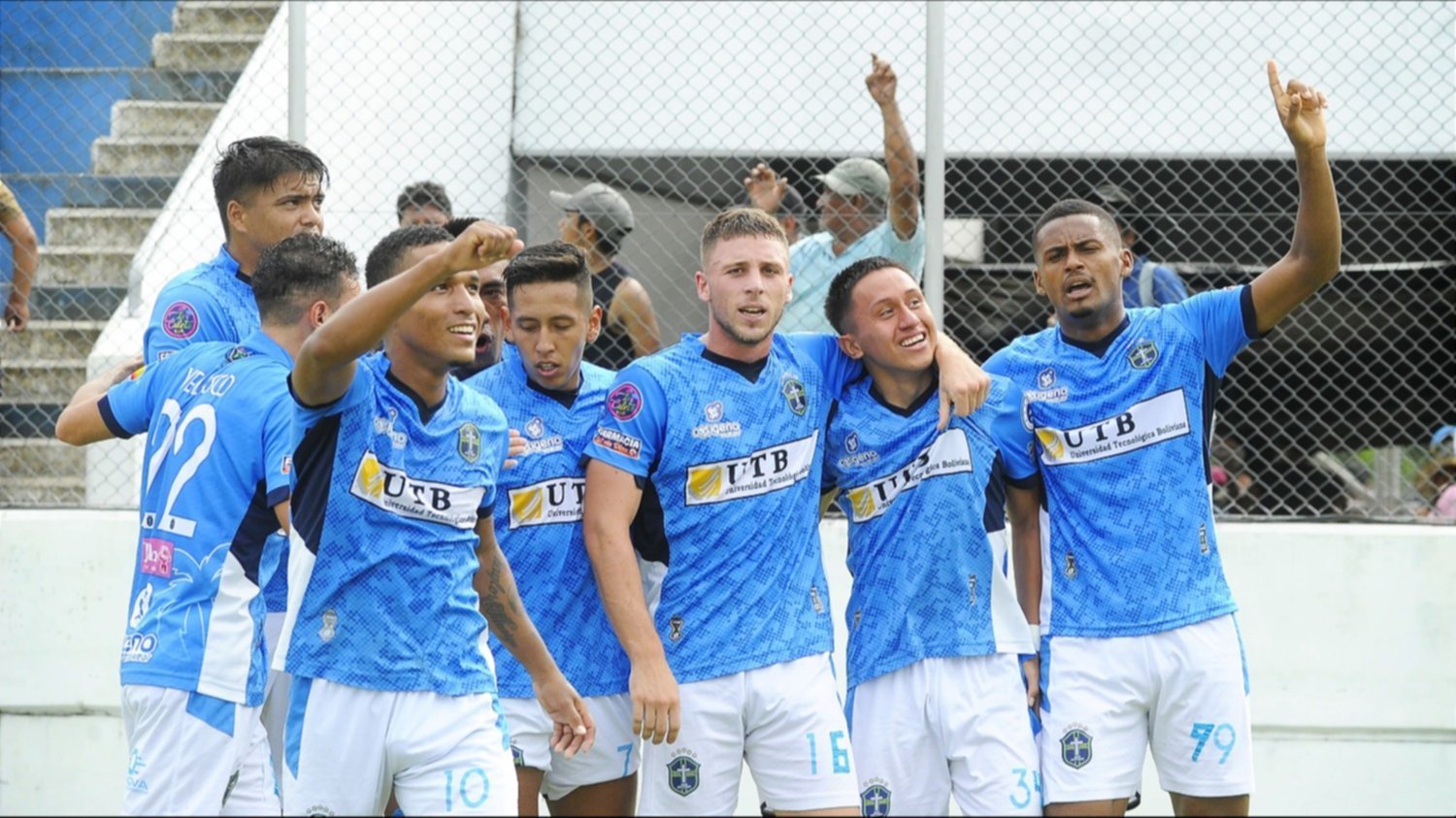
A Bolivian surprise in the 2025 Copa Libertadores. San Antonio Bulo Bulo (Photo courtesy: CD San Antonio Bulo Bulo)
San Antonio was founded in 1962 as an amateur club in La Cancha, one of Cochabamba's most iconic markets. For decades, it represented the local neighborhood in regional tournaments. Over a ten-year stretch, multiple attempts were made to acquire the club, but the local community resisted its sale to private interests. However, with the arrival of the COVID-19 pandemic in 2020 and mounting financial pressures, resistance waned.
Eventually, the club was transferred to a group based in the municipality of Entre Ríos—marking a pivotal turning point. Along with the change in ownership came a new name: San Antonio Bulo Bulo, incorporating “Bulo Bulo” to honor the nearby town known for hydrocarbon production. With fresh management, investment, and ambition, the club began its ascent.
Today, San Antonio Bulo Bulo plays its home matches at Estadio Dr. Carlos Villegas, perched 2,600 meters above sea level. The stadium holds 17,000 spectators—more than double the population of Entre Ríos, the town it now calls home.
Despite its long history, San Antonio’s rise to national prominence only began recently. In 2021, the club won its first Primera A AFC title (Cochabamba’s regional league), earning a place in the Copa Simón Bolívar. In their national debut, they reached the quarterfinals before being knocked out by García Agreda.
They repeated their regional success in 2022, qualifying once again for the Copa Simón Bolívar in 2023. This time, San Antonio reached the final but narrowly lost to GV San José on penalties. Still, they secured promotion to Bolivia’s top flight—the División Profesional—by winning a promotion/relegation playoff against Libertad Gran Mamoré.
Their 2024 debut season in the top tier was nothing short of extraordinary. San Antonio reached the final of the Torneo Apertura, defeating powerhouses Bolívar and Independiente Petrolero along the way. In the final, they edged Universitario de Vinto 3–2 on aggregate, clinching a place in the season-ending championship final and, more importantly, qualification for the 2025 Copa Libertadores group stage. Though they fell to Bolívar 2–0 in that final, the season marked a milestone in the club’s meteoric rise.
To fully grasp the scale of their achievement, consider this: San Antonio Bulo Bulo operates on a budget of just $70,000—a fraction of what most of their Libertadores competitors spend.
Drawn into Group H alongside Vélez Sarsfield, Peñarol, and Olimpia—three former Libertadores champions—San Antonio were given little chance. Yet they opened their campaign with a dramatic 3–2 home win over Olimpia, sealed by a late penalty from Julio Herrera.
Can San Antonio Bulo Bulo become the Cinderella story of this year’s Copa Libertadores? Only time will tell. But for now, they’ve already made history—and captured the hearts of football fans across the continent.
Brazilian footballer Sofia Sena detained in Israel over visa issues; faces deportation after Ramat HaSharon denies club affiliation.
Bolivian minnows San Antonio Bulo Bulo beat Olimpia 3–2 in their Copa Libertadores debut. A fairy tale run in the making?
Libertadores opens with a 3-3 thriller, big away wins for Racing & Barcelona SC, and a strong start for Cerro Porteño at home.
Argentina crush Brazil 4-1 in qualifiers—a fierce reminder from Scaloni’s squad: the World Cup holders are hungry for another title.
Estudiantes Tel Aviv wins the IFLI2 championship and secures promotion after a dramatic 2-2 draw. A nine-game unbeaten run, star performances, and a historic fifth title.
Jhon Durán left Aston Villa for Al Nassr, choosing Saudi riches over Europe’s elite. A bold move—will it make or break his career?
Neymar exits Al Hilal after his $200M contract is terminated, on his way to an emotional return to Santos 12 years after leaving.
Bolivia stuns Chile 2-1 in World Cup qualifier, securing first away win in 31 years and first-ever victory on Chilean soil. Historic upset!
The 2024 Copa America will kick off in the United States in late June—a complete pocket guide for the tournament’s groups, teams and rising talents.
Deinner Quiñones shines with a stunning late winner, sending Hapoel Be'er Sheva to the State Cup final. A dream come true for the Colombian winger.
Oscar Cortes joined Lens after his magnificent performance in the U-20 World Cup. Could he be the next Colombian player to shine in Europe?
Kendry Paez is the youngest player in this year’s U20 World Cup. Meet the talent from Ecuador that already marked by clubs from all over Europe.
Linda Caicedo, the next generation of Colombian women’s football, has recently signed for Real Madrid. Idan Segev with the story of the player that can bring a new future for her country.
The career of Dayro Moreno reached its final stop, Once Caldas, his childhood club. The story of the Colombian player that want to make one more great season.
Pelé, the king of Brazilian football, died yesterday at the age of 82. Vitor Buratini Mendes shared his thoughts about the legendary player that won the World Cup three times.
Ecuador will be the first team to face the host nation Qatar in the opening match of the 2022 World Cup. Idan Segev brings all you need to know about La Tri.
Lucas Roman, the Argentine youngster of Ferro Carril Oeste, could be the next talent you are looking for. Juan Gafas took the train with his new discovery.
Luis Sinisterra joined this season to Leeds United after a remarkable period in Feyenoord. What would the Colombian talent bring to his new English side?
Juan Gafas is bringing a new talent from South America. Meet Alan Matturro, the 17-year-old player of Defensor Sporting
BabaScouted and Juan Gafas are back with the best talents from all over the world. Meet Catriel Cabellos, a youngster from Peru you all should watch for.
Watford signed Colombia’s new talent, Yaser Asprilla. What can he bring to The Hornets as they are trying to promote back to the Premier League?
Nestor Lorenzo is the new manager of Colombia national team. A profile of the coach that will try to lead Colombia back to the World Cup and to the continental peaks.
Independiente del Valle is reshaping football reality in Ecuador. As the local league kick-started recently, the Negriazul are ready to expand. A profile for an exciting club.
Colombia is fighting for a World Cup spot. It’s not easy, but there is a way. Idan Segev analyses.
Endrick is the new football sensation from Brazil, and he is only 15 years old. A series of European giants are chasing him—Vitor Buratini Mendes with a short profile on the next big thing out of the Jogo Bonito land.
The 2021 Copa Libertadores final will host two Brazilian football giants, Palmeiras and Flamengo. A quick view of the teams and key players before the South American club football game of the year.
Julian Alvarez, River Plate’s rising star, is one of the most promising Argentineans in the world right now. This is his story.
James Rodriguez has signed for Al-Rayyan and has been given a fresh start in Qatar. What would be the future of the Colombian striker?
Yerson Mosquera made the long journey from Colombia to Wolvers. Would he be the next shining star of the Premier League?

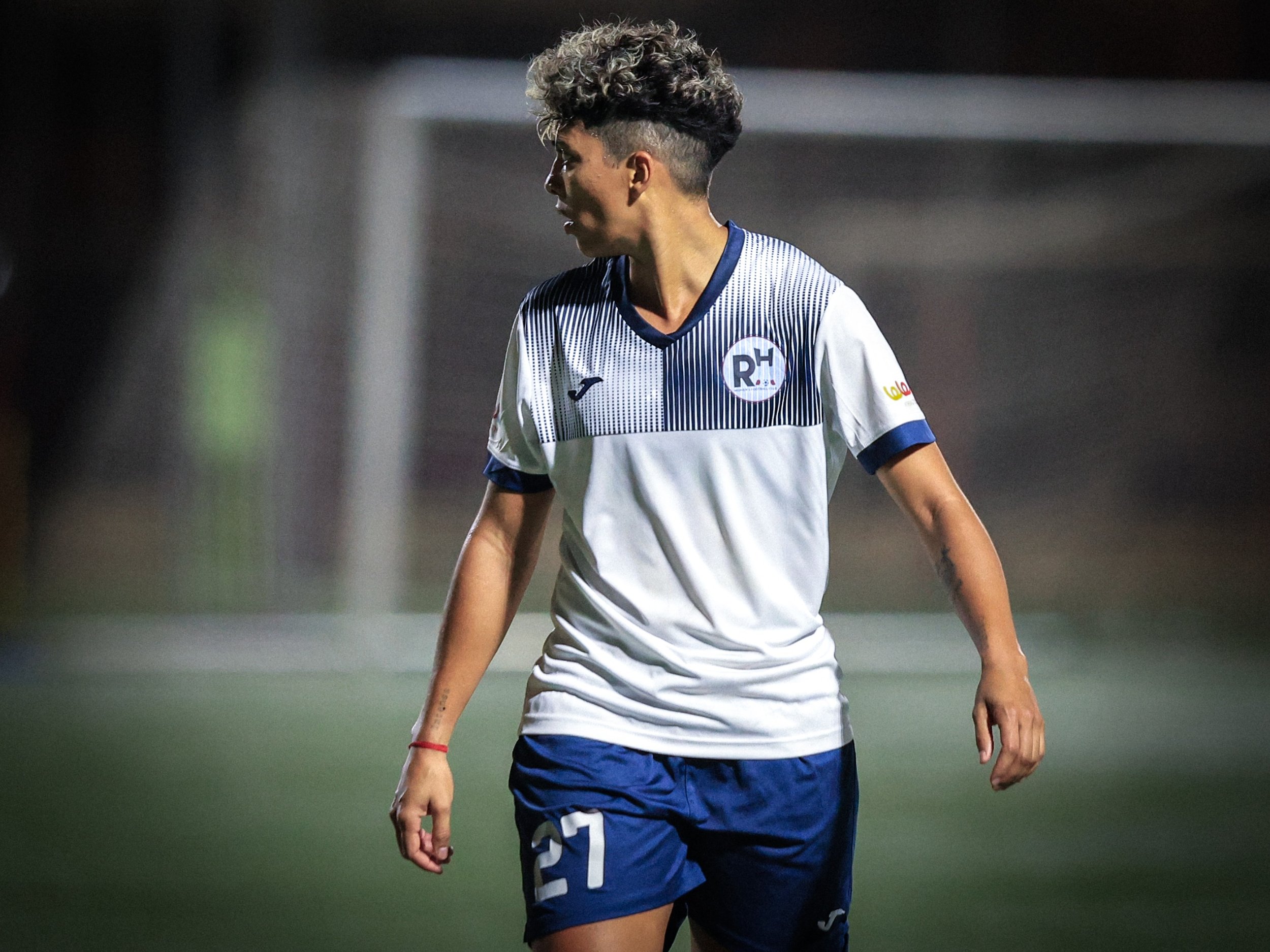


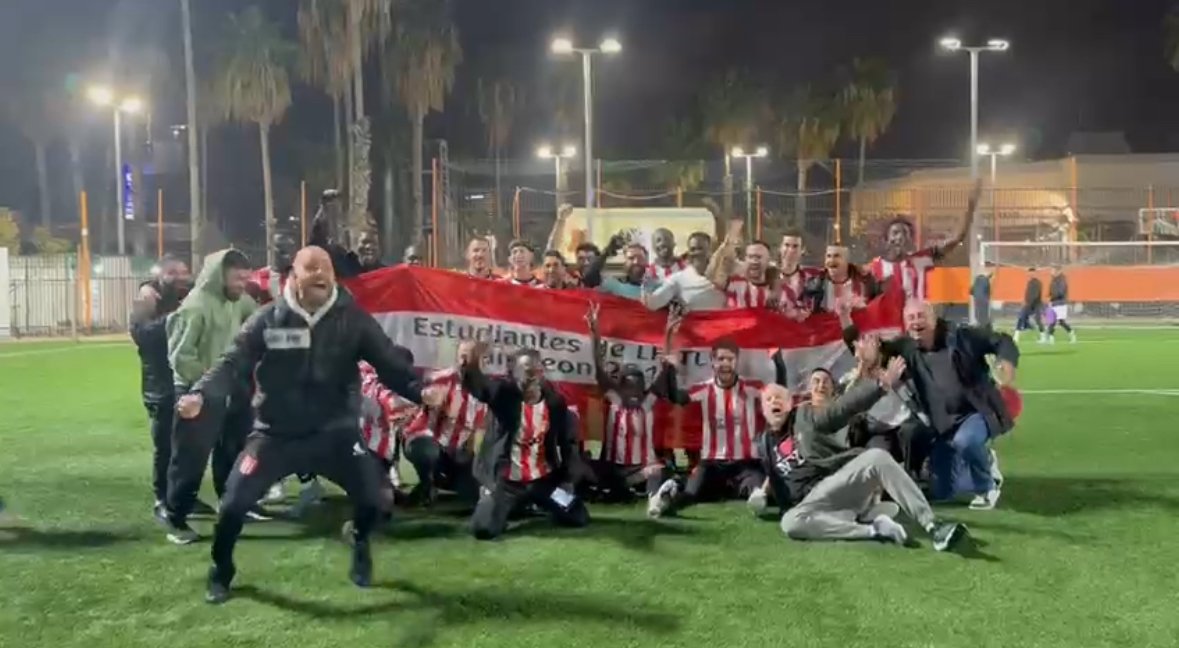
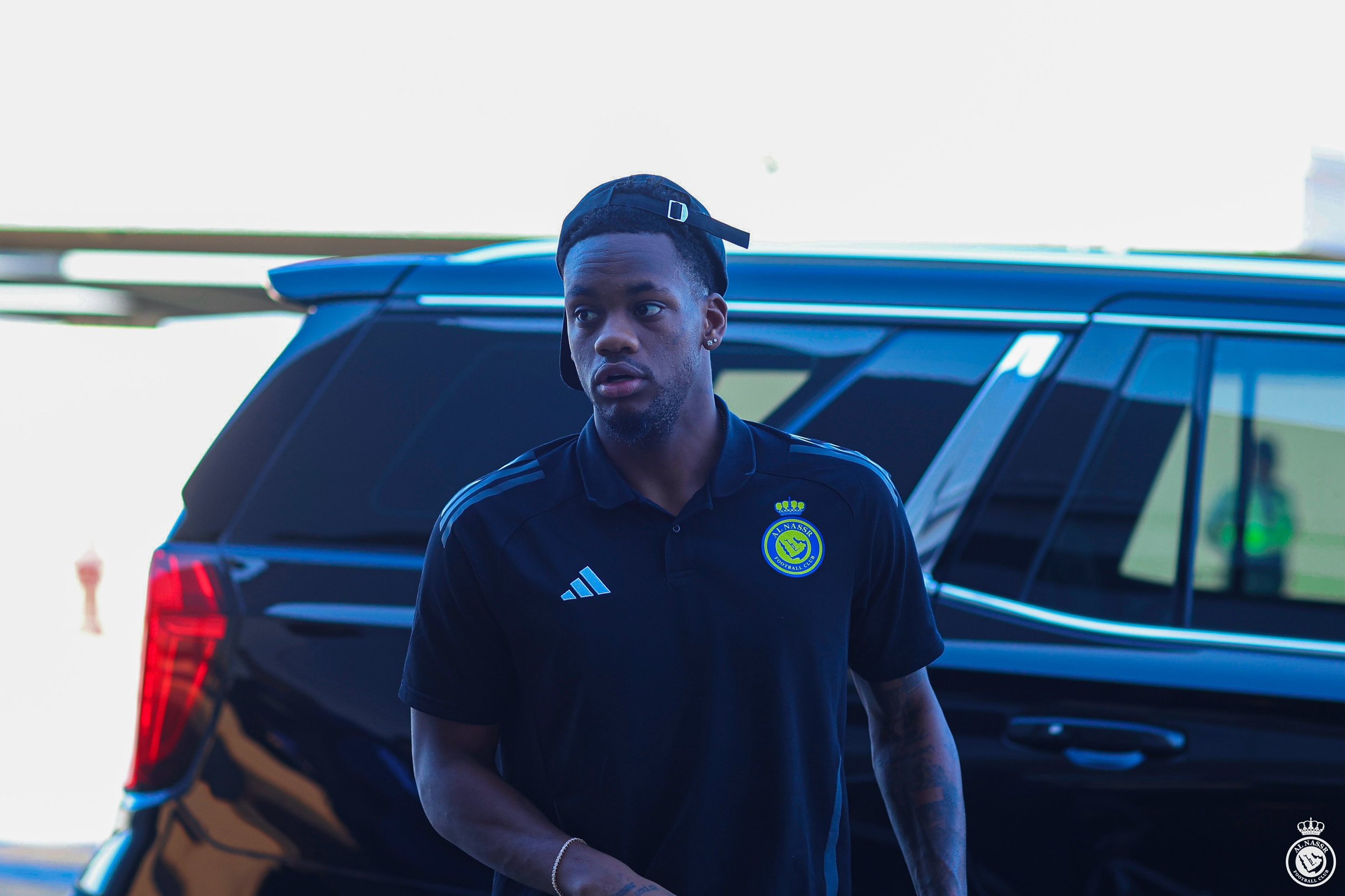

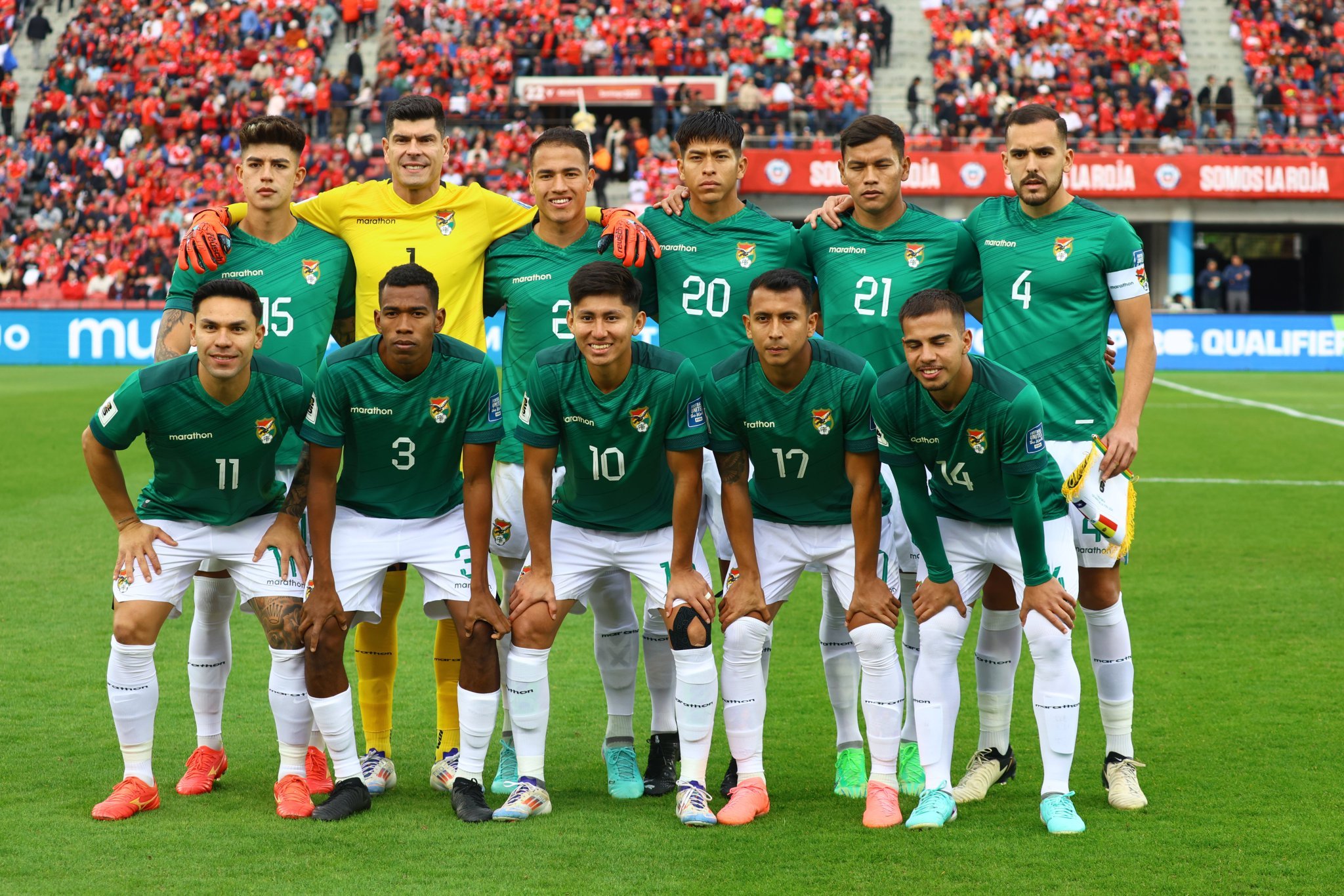





















Matchday 2 of the Copa Libertadores brought drama, late goals, and surprise results as group battles heat up across South America.